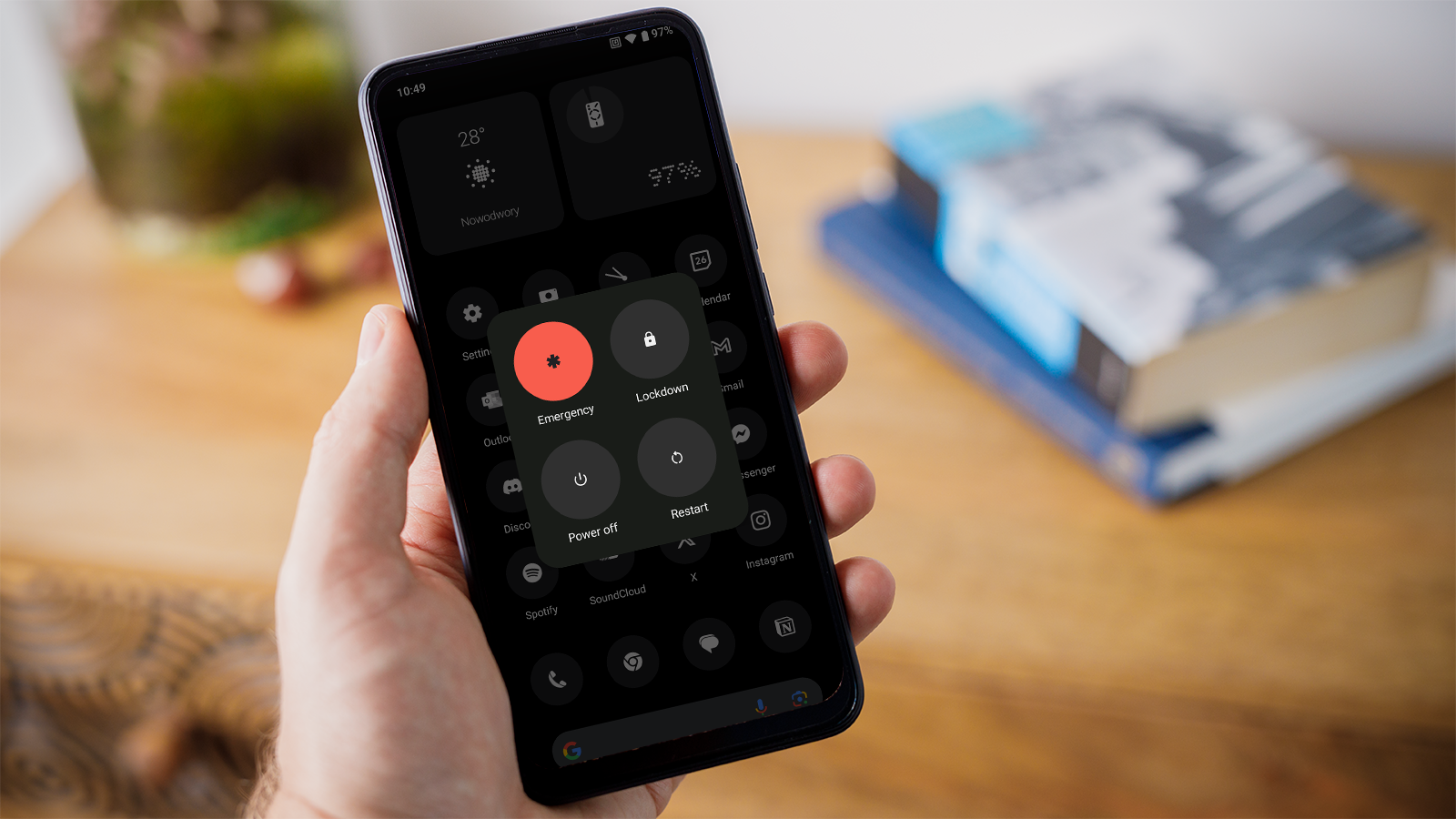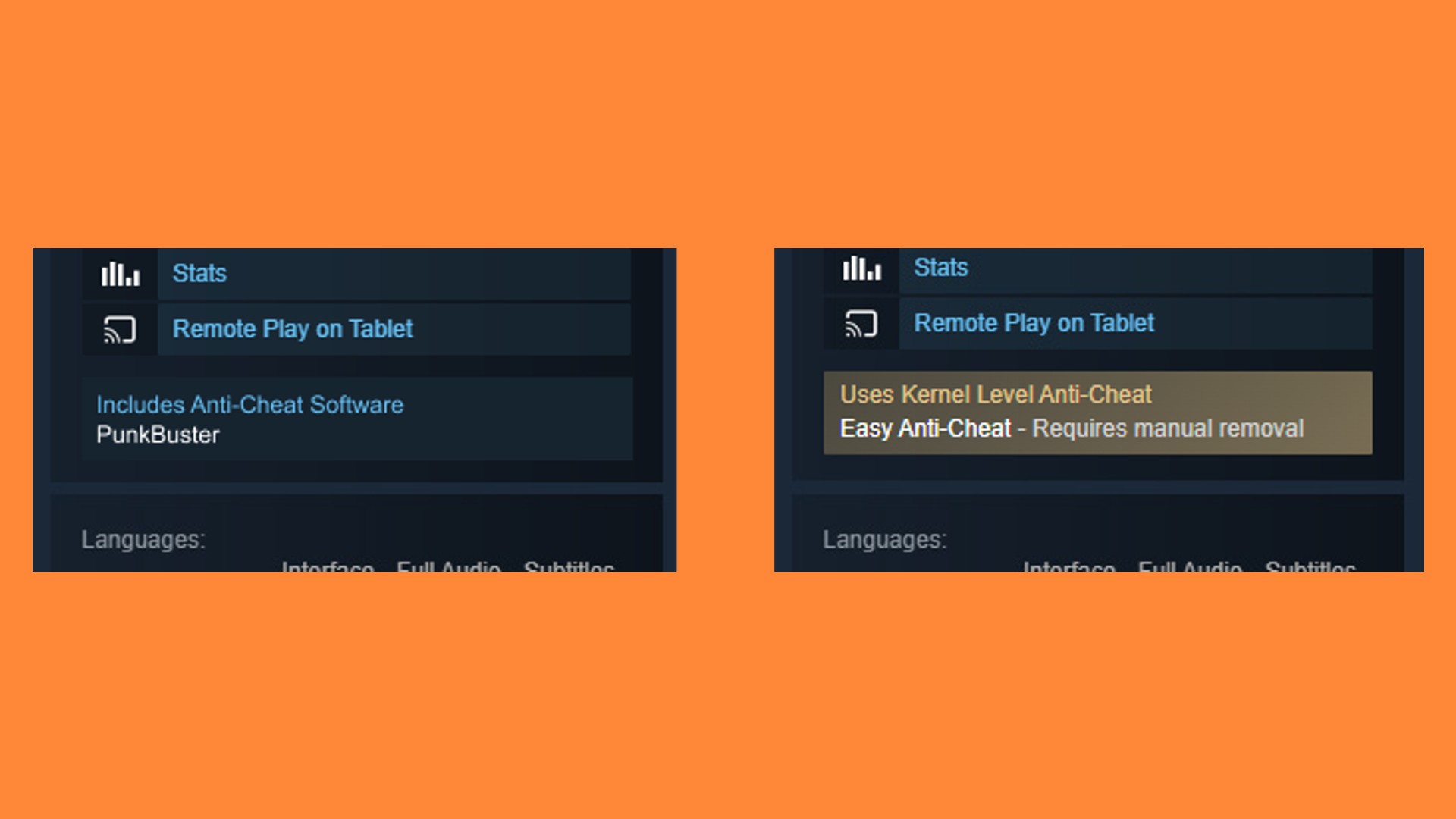A fix for common phone issues
Restarting your phone is a quick and effective way to solve many common smartphone issues, such as app crashes, slow performance, or connectivity problems.
Whether you’re using the best iPhone or the best Android phone, the process is simple and can often restore your phone’s functionality without needing further intervention.
Here’s a step-by-step guide on how to restart different types of smartphones.
How to restart an iPhone
The process of restarting an iPhone varies slightly depending on the model you have.
iPhone X and later
- Press and hold the side button and either of the volume buttons (up or down) until the ‘Power Off’ slider appears.
- Drag the slider to the right to turn off your iPhone.
- Wait about 30 seconds for your phone to completely shut down.
- To turn it back on, press and hold the side button until the Apple logo appears.
iPhone SE (2nd or 3rd Gen), iPhone 8, and earlier
- Press and hold the top or side button (depending on your model) until the ‘Power Off’ slider appears.
- Drag the slider to turn off the phone.
- Wait for the phone to power off completely, then press and hold the top or side button again until the Apple logo appears.
How to restart an Android phone
The steps to restart an Android phone are similar across different brands, but there may be slight variations depending on the manufacturer (Samsung, Google, OnePlus, etc.).
Effective method for most Android phones
- Press and hold the power button (often located on the right or top of the phone).
- A menu will appear with options like ‘Power Off’, ‘Restart’, or ‘Emergency Mode’.
- Tap on ‘Restart’. If your phone doesn’t have a restart option, tap ‘Power Off’ instead.
- Once the phone is off, press and hold the power button again to turn it back on.
Samsung Galaxy phones
- Press and hold both the power button and the volume down button simultaneously until the power menu appears.
- Select ‘Restart’ from the menu.
- If you prefer a manual restart, select ‘Power Off,’ wait for the phone to fully turn off, and then press the power button again to turn it back on.
How to force restart your phone
If your phone is frozen or unresponsive, a regular restart may not work. In such cases, a force restart might be necessary. This method varies depending on the phone model:
How to force restart an iPhone
- iPhone 8 and later: Press and quickly release the volume up button, then press and quickly release the volume down button. Finally, press and hold the side button until the Apple logo appears.
- iPhone 7 and 7 Plus: Press and hold both the volume down button and the side button at the same time until the Apple logo appears.
- iPhone 6s and earlier: Press and hold both the home button and the side/top button until the Apple logo appears.
How to force restart an Android phone
- Samsung Galaxy: Press and hold the power button and the volume down button simultaneously for about 10 seconds until the phone restarts.
- Other Android phones: On most devices, holding the power button for 10-20 seconds should force the phone to restart. If this doesn’t work, try holding the power button along with the volume down button.
When should you restart your phone?
Restarting your phone isn’t just a solution for a malfunction. Regularly rebooting your device can help keep it running smoothly. Here are a few instances when restarting your phone is a good idea:
- Slow performance: If your phone is lagging, a restart can refresh the system and clear temporary glitches.
- App crashes: When apps are not responding or frequently crashing, a restart can often fix the issue.
- Connectivity issues: If your phone has trouble connecting to Wi-Fi or mobile networks, a quick restart may resolve it.
- Battery drain: A restart can sometimes help reset background processes that are draining your battery unnecessarily.
- After installing updates: Restarting your phone after system updates ensures that new features and fixes are properly applied.
Restarting your phone is a simple yet effective way to resolve various issues and maintain optimal performance. If problems persist, however, consider seeking additional technical support.



